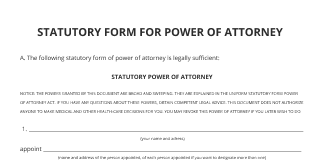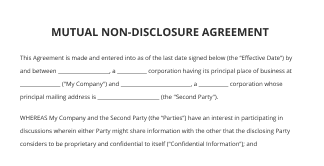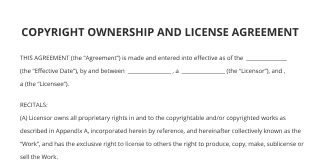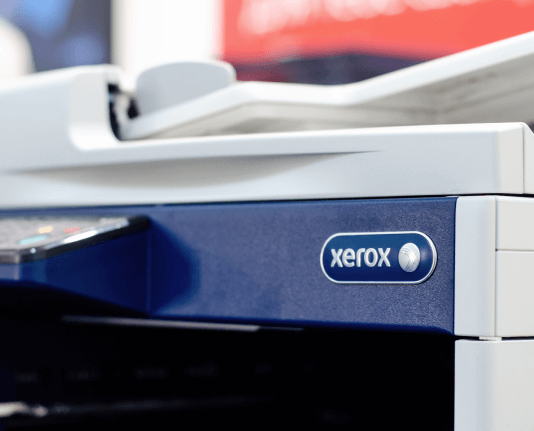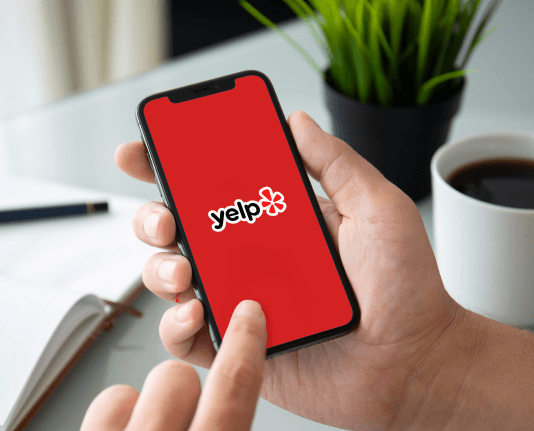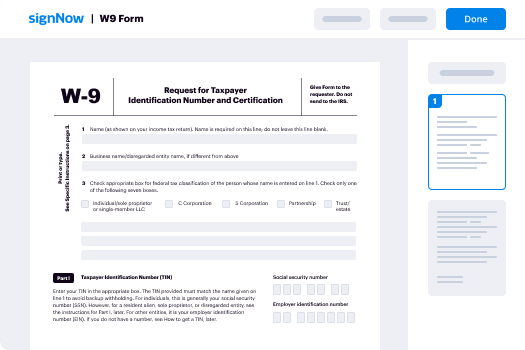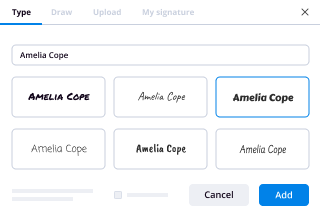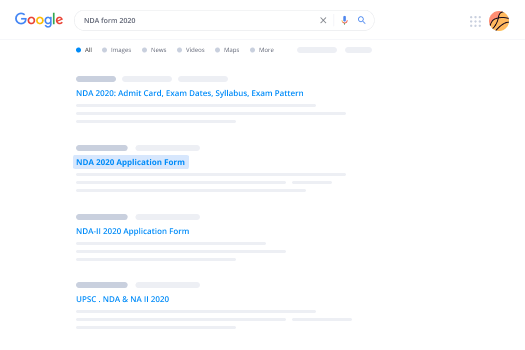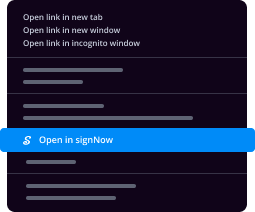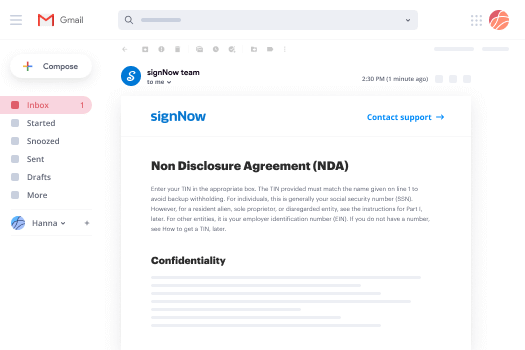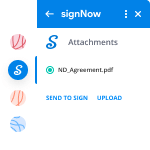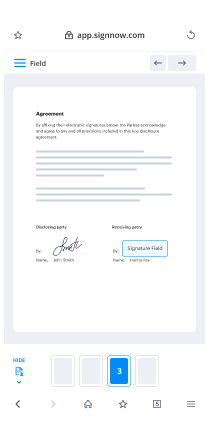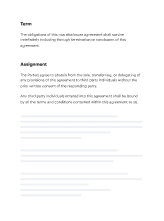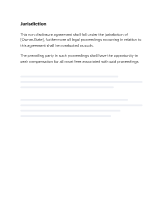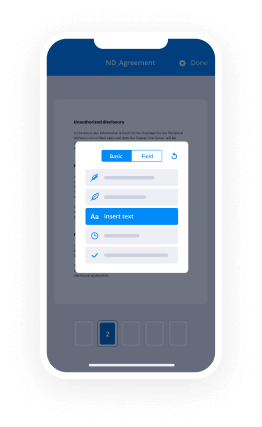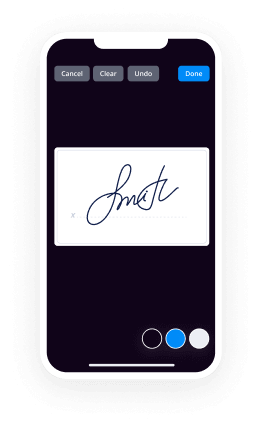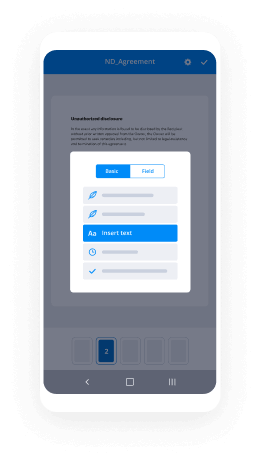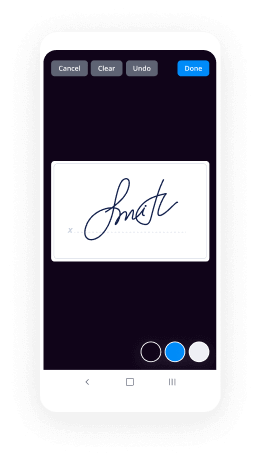Modèle De Document De Spécifications Commerciales (BRD) Pour Le Signataire Simplifié
Améliorez votre flux de travail documentaire avec airSlate SignNow
Flux de travail de eSignature flexible
Visibilité rapide sur l'état du document
Configuration d'intégration facile et rapide
Modèle de document de spécifications commerciales (BRD) accessible sur tout appareil
Traçabilité d'audit complète
Exigences de sécurité rigoureuses
Découvrez les signatures électroniques airSlate SignNow en action
Solutions airSlate SignNow pour une meilleure efficacité
Les avis de nos utilisateurs parlent d'eux-mêmes






Pourquoi choisir airSlate SignNow
-
Essai gratuit de 7 jours. Choisissez le forfait dont vous avez besoin et essayez-le sans risque.
-
Tarification honnête pour des forfaits complets. airSlate SignNow propose des abonnements sans frais supplémentaires ni frais cachés lors du renouvellement.
-
Sécurité de niveau entreprise. airSlate SignNow vous aide à respecter les normes de sécurité mondiales.

Votre guide étape par étape — sample business requirements document
En utilisant la signature électronique de airSlate SignNow, toute entreprise peut accélérer les flux de signature et signer électroniquement en temps réel, offrant une expérience améliorée aux clients et aux employés. Utilisez le modèle de document de spécifications commerciales (BRD) du signataire en quelques étapes simples. Nos applications mobiles-first rendent le travail en déplacement possible, même hors ligne! Signez des contrats de n'importe où dans le monde et concluez des affaires en un rien de temps.
Comment remplir et signer un sample business requirements documents
- Connectez-vous à votre profil airSlate SignNow.
- Trouvez votre document dans vos dossiers ou téléchargez-en un nouveau.
- Ouvrez le document et apportez des modifications en utilisant le menu Outils.
- Déposez des cases à cocher, tapez du texte et signez électroniquement.
- Ajoutez plusieurs signataires en utilisant leurs e-mails et définissez l'ordre de signature.
- Indiquez quels individus recevront une version signée.
- Utilisez Options avancées pour restreindre l'accès au document et définir une date d'expiration.
- Appuyez sur Enregistrer et Fermer une fois terminé.
De plus, il existe des fonctionnalités plus avancées disponibles pour le modèle de document de spécifications commerciales (BRD). Ajoutez des utilisateurs à votre environnement de travail collaboratif, visualisez les équipes et suivez le travail d'équipe. Des millions d'utilisateurs à travers les États-Unis et l'Europe conviennent qu'une solution qui rassemble les gens dans un espace de travail unifié est ce dont les organisations ont besoin pour faire fonctionner les flux de travail sans effort. L'API REST de airSlate SignNow vous permet d'intégrer facilement les signatures électroniques dans votre application, site web, CRM ou cloud. Découvrez airSlate SignNow et obtenez des flux de signature électronique plus rapides, plus fluides et globalement plus efficaces!
Comment ça marche
Fonctionnalités airSlate SignNow appréciées par les utilisateurs
Découvrez des résultats exceptionnels sample brd document template
Obtenez des signatures juridiquement contraignantes dès maintenant !
FAQ sample brd template
-
Comment créer un document BRD?
Pratiquez une elicitation efficace des exigences. Même si vous rédigez un BRD impressionnant, il ne sera pas efficace si vous n'avez pas identifié et documenté toutes les exigences nécessaires. ... Utilisez un langage clair sans jargon. ... Recherchez les projets passés. ... Validez la documentation. ... Incluez des visuels. -
Quelle est la différence entre un BRD et un FRD?
Le document de spécifications des exigences commerciales (BRD) décrit les besoins commerciaux de haut niveau, tandis que le document de spécifications fonctionnelles (FRD) décrit les fonctions nécessaires pour satisfaire le besoin commercial. Le BRD répond à la question de ce que l'entreprise veut faire, tandis que le FRD donne une réponse à comment cela doit être fait. -
Qu'est-ce que le BRD et le FSD?
Dans le but de contraster le document de spécifications des exigences commerciales (BRD) et le document de spécifications fonctionnelles (FSD), la description du BRD qui suit est écrite en termes de préparation d'un BRD pour un système. ... Le BRD contient les exigences commerciales qui doivent être satisfaites et remplies par le système en cours de développement. -
Quel est un exemple de document de spécifications commerciales?
Un document de spécifications commerciales inclut généralement le contexte, le cas d'affaires, les objectifs et buts, les hypothèses, les contraintes, les exigences fonctionnelles, les exigences non fonctionnelles et un glossaire des termes. -
Que contient un document de exigences?
Un document de exigences produit (PRD) est un document contenant toutes les exigences pour un produit donné. Il est écrit pour permettre aux gens de comprendre ce qu'un produit doit faire. ... Les PRD sont le plus souvent écrits pour des produits logiciels, mais peuvent être utilisés pour tout type de produit et aussi pour des services. -
Qu'est-ce qu'un document de exigences commerciales?
Un document de exigences commerciales (BRD) détaille la solution commerciale pour un projet, y compris la documentation des besoins et attentes du client. ... Il sert de base pour communiquer à un fournisseur de services technologiques ce que la solution doit faire pour satisfaire les besoins du client et de l'entreprise. -
Quelles informations sont incluses dans le document de exigences commerciales?
Un document de exigences commerciales (BRD) détaille la solution commerciale pour un projet, y compris la documentation des besoins et attentes du client. Si une initiative vise à modifier le matériel/logiciel existant (ou à en introduire de nouveau), un nouveau BRD doit être créé. -
De quoi se compose un BRD?
Un document de exigences commerciales (BRD) peut être considéré en deux phases. Dans la première phase d'un projet, c'est un document qui énonce toutes les exigences du projet, y compris les coûts, les détails de la mise en œuvre, les bénéfices projetés, les jalons et le calendrier de mise en œuvre.
Ce que disent les utilisateurs actifs — sample business requirements document
Recherches associées à market requirements document pdf
Signatory business requirements document template brd
friends in this lecture we will learn about the RDR business requirement documentation information technology projects are initiated to meet business requirements the information technology projects succeed them they deliver the intended business requirements they fail then they fail to do so it looks easy to define business requirements and then choose among them to be delivered for information technology implementations but in reality it needs the master to understand business requirements document them properly and also gained acceptance with the stakeholders that these requirements are the ones to be addressed in the information technology project at hand got no wonder business requirements documentation is an inseparable part of an information technology project it is also a favourite topic of discussion of interviewers interviewing for information technology business analysts and managerial positions let us now move on to the agenda of this session on business requirement documentation friends allow me now to take up the agenda of this session at the start we will first have a brief introduction and we'll also set the context of this lecture then we will name various requirement documents which are prepared on an IT project we will introduce to you the readers or consumers of these requirement documents good practice of documenting requirements will be discussed next these good practices are also to be kept in mind when we prepare a business requirements document with all this understanding and clarity we will now take up the following what is a business requirement document or BRD what are business requirements why do business requirements change what are the objectives the BRT who utilizes the BRT good BRT practices and finally we will take up structure for a be Hardy document while we discuss the structure of a business requirements document we will also discuss what not to write in a business requirements document finally this session will close with a summary let's now start with introduction a business requirement document is normally prepared by the client or its representative before RFP or request for proposal for IT project is prepared the BR D talks about the new requirements of the business to be fulfilled to me the company goals the objectives mission and vision in the coming sections of this session we will also learn why business requirements change with time in this session when we talk about the RTO business requirement document it is to be underlined that it is being discussed with respect to IRT projects being developed and implemented to meet the identified business requirements before we dive into the depths of a business requirement document let us get acquainted with various requirement documents which are prepared for an IT project some key requirement documents associated with IT projects are vision document business requirement document scope document feasibility study document software functional requirement document as if to be study document user requirements analysis document and software requirement specification document in addition to these requirement documents when an IT project is completed various reference documents are also prepared they are minutes of meeting and agenda questionnaires and responses interview notes and presentations out here in this session we will not get into details of all the key requirement documents and reference documents we will do it in other video sessions now let's understand who reads these documents readers of requirement documents our project sponsor and users project development team test management team implementation team business analyst himself subject matter experts and other stakeholders as the case may be to get into details of these stakeholder roles you can go through our video session on stakeholder analysis I am sure by now you want to take me to details of a business requirement document but before we do that let us learn good practices for requirement documentation the purpose to discuss this here is the fact that these good practices apply to documenting business requirement documents as well friends the first good practice is to define the standard document structure for your requirement document the document structure for various requirement documents may vary from one company to another however for a particular organization the document structure of particular requirement document should be standardized it means we follow the same structure of a requirement document on a company-wide basis this results into an easy reading for the readers they know what content to expect and where in a requirement document that also becomes easy for the reviewers of the document to do quality check sand off course you can't tailor it to suit particular requirements of your own enterprise now we will move on to next good practice which is explaining how this requirement document can be utilized second good practice to prepare requirement documents is to have a section within the requirement document where we explain how to use the document here you should explain different category of readers this requirement document is aimed at different sections of embarrased for a particular audience should also be explained say for example in a stakeholder requirements documents various stakeholder types have interest in their own set of requirements so they would like to jump to the relevant area within the document document dependencies which means if particular sections of requirement document has references to some other documents then those pointers must also be provided if to understand the requirement document for a section of it you need a particular technical background from the reader you must explain the same as well now it is time to move on to requirement document good practice 3 requirement document good practice theory is to define specialized terms this means you have to prepare glossary for your requirement document in fact glossary of words is an integral constituent of a requirement document it checks multiple interpretations of commonly used term for words by stakeholders I generally keep glossary at the start of the requirement document it then generates attention even from the most busy executives I will share my tip for preparing glossary Zinn a quick and an effective manner across several projects I prepared a common glossary for the domain and then utilize relevant terms after making suitable amendments for the project in question requirement documentation good practice for is to adapt standard notations for example BPM Ben and UML notations wherever needed you should not rely only on your natural language abilities to write a requirement document you can use UML and utilize specialized requirements software's to prepare your requirement documents with all this knowledge about various requirement documents now it is time learn about business requirements and the business requirements document or BR D let us now understand what our business requirements and why do they change business requirements are the critical activities of an enterprise that must be performed to meet the organizational objectives while remaining solution independent the following are the examples of business requirements example one an insurance company wants to provide 24 by 7 loss intimation facility to the insured's because competition has done the same example to the pharma company wishes to impart timely new product knowledge to its medical representatives example 3 an IT company wants to increase its assessment effectiveness and assessment throughput to individuals applying for various jobs next we will dwell upon the changing nature of business requirements business requirements change because of several reasons they can change due to change in customer preferences change in competitor offerings change in regulation availability of new technology at an economically viable price change in company strategy and offerings the enterprise or the company has Timothy's changing business requirements in order to keep itself competitive and relevant in the marketplace the changing business requirements can be met by one or more of the following ways by organization restructuring new hiring etc by introducing new software solutions by developing new products and services so initiating new IT projects implementing new IT solutions is one of the many ways to meet changing business requirements however today RT has become an integral part of any change so even if we do organizational restructuring we may need an additional IT solution to be deployed as an aid to this restructuring what is a business requirement document of BR the addresses business requirements of the project and does not recommend solutions who prepares the be Hardy normally a business analyst for a consultant on client roles prepares the be Hardy went client and software vendor work in close collaboration the IT business analyst of the software vendor can also prepare the BRT the objective of a business requirement document let us now learn what are our objectives when we prepared a BRT the BRT is prepared to gain agreement with stakeholders about business requirements it provides a guidance to technology service provider about business requirements for desiring the technical solution the BRT also describes the needs of business and customers to be met after implementation of this project the BRT template before I take you to my recommended be Hardy template there is a caveat there is no single standard Bihar deed format which is followed everywhere there is no single method to arrive at business requirements and to prioritize them when you prepare a business requirements document you can follow the following template or documents structure contents of a be Hardy template cover page version control and approvals index glossary business requirements summarized project scope stakeholder analysis detailed business requirements summary and references what a business requirement document does not include is a following software solution requirements budgets costs timelines etc functionality or functional requirements of the software UML BPM and diagrams etc software specifications hardware specifications short but a packed session you have learned a lot about a business requirements document friends allow me now to summarize this session the be Hardy captures the requirements of the business which should be fulfilled to me the company goals the objectives mission and vision the BRT is referenced by all the stakeholders of the IT project the be Hardy allows you to align functional and non-functional requirements of the software with business goals the objectives and requirements qbi institute conducts like a business analyst training programs agile certification programs and Six Sigma programs you are welcome to call this now a warm thank you for a leading this session
Show more




